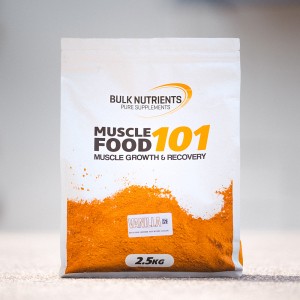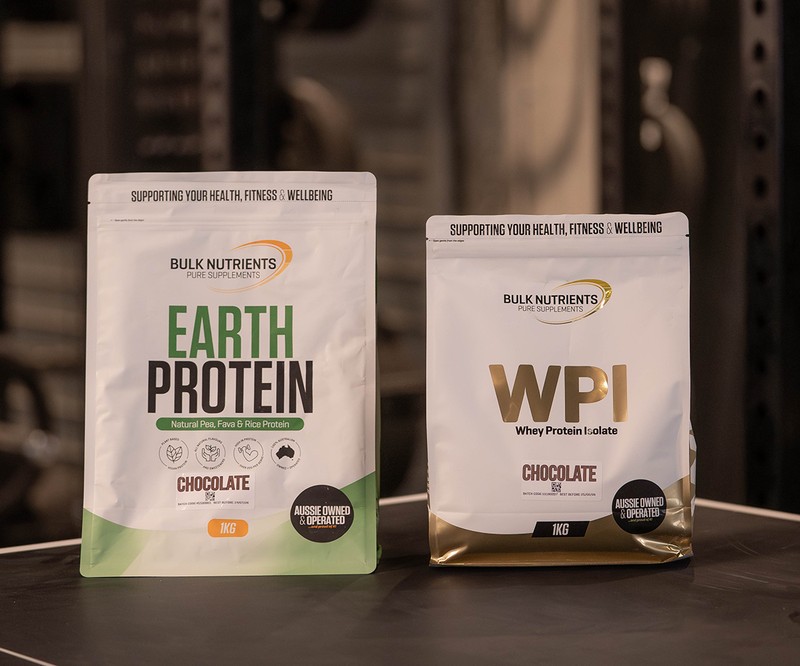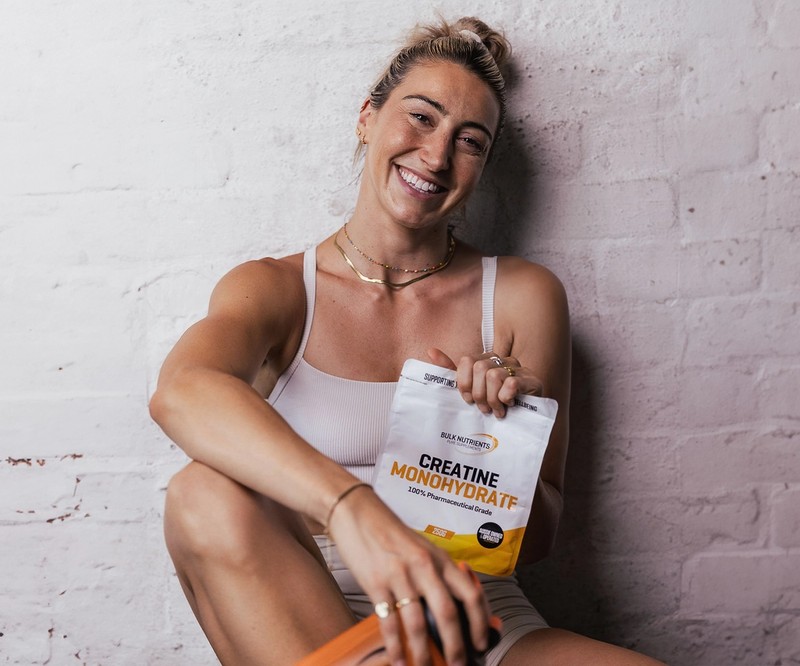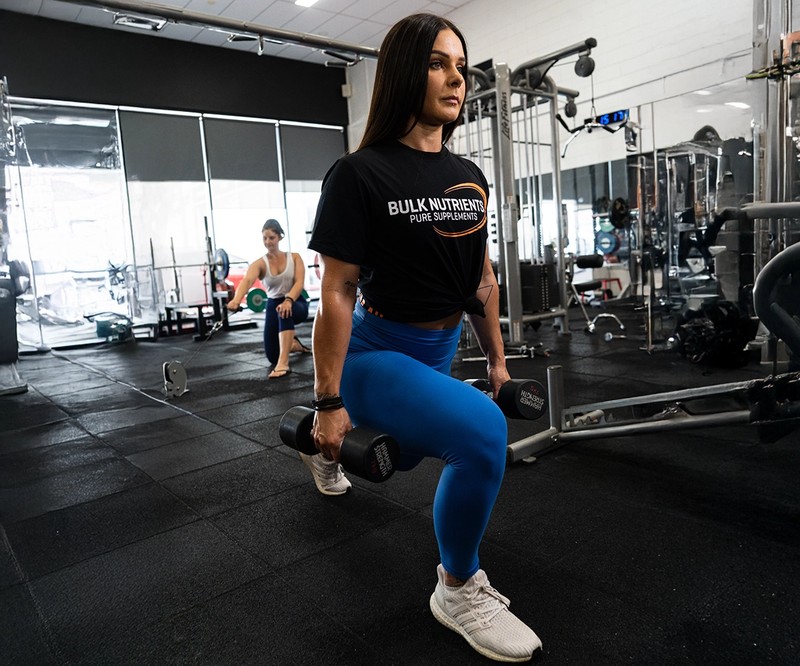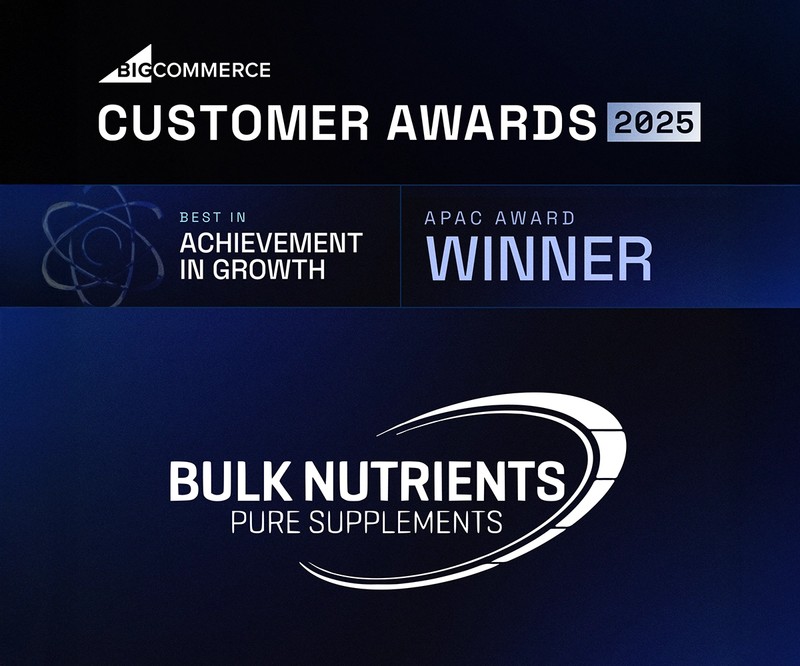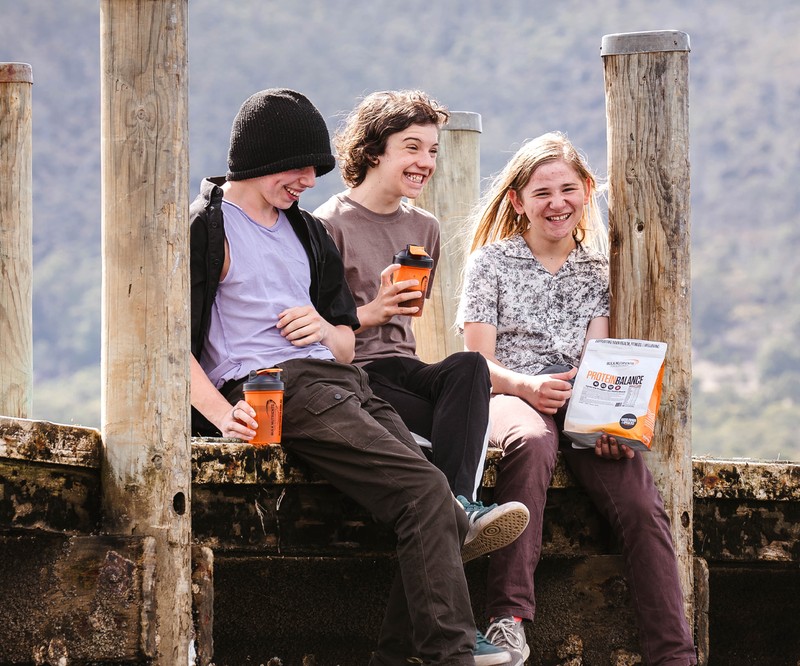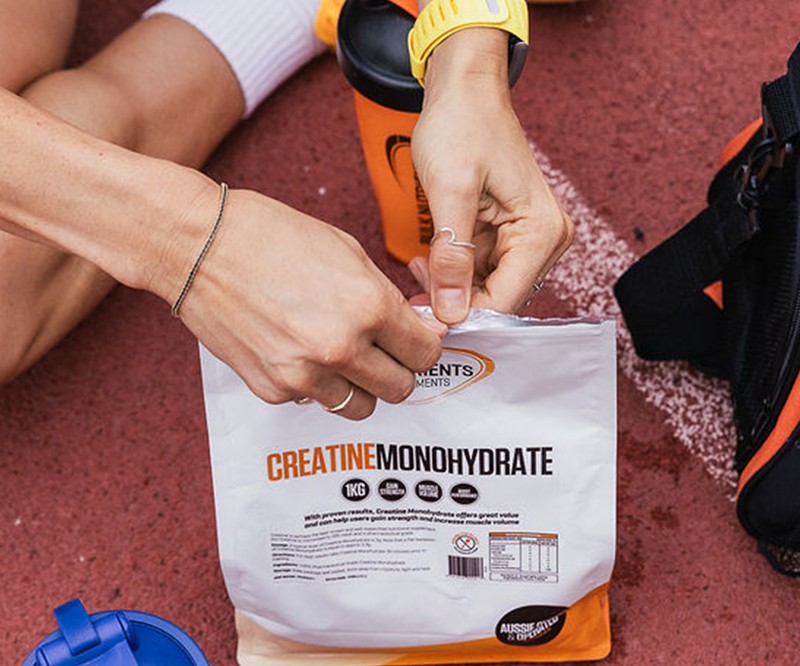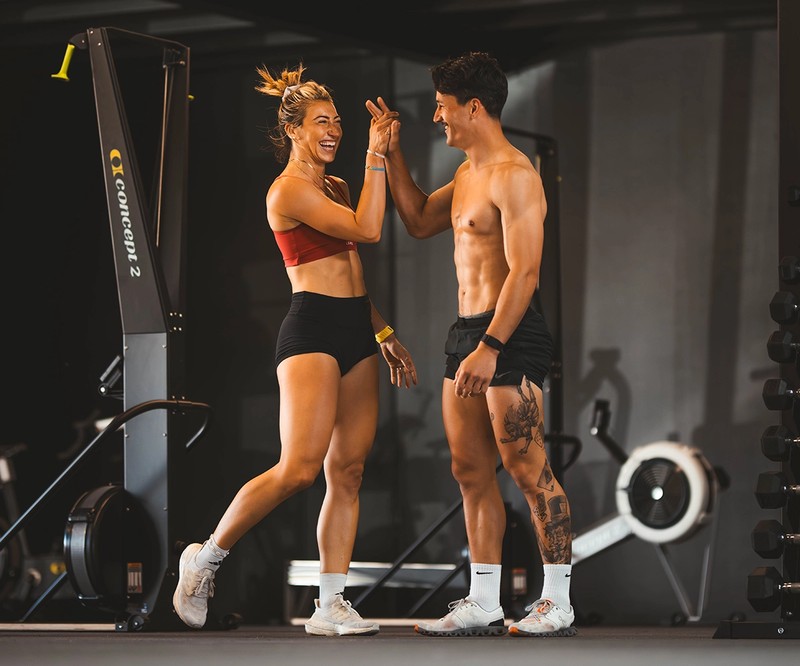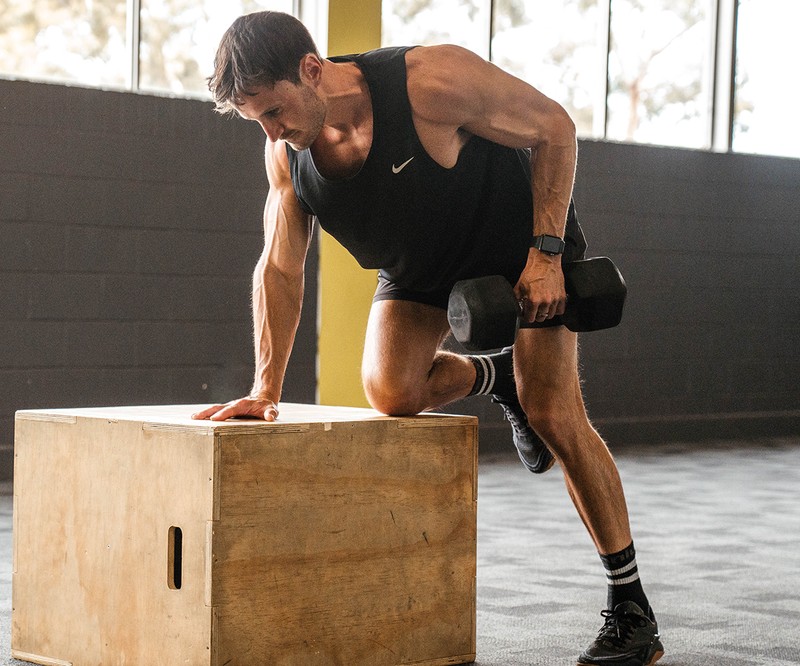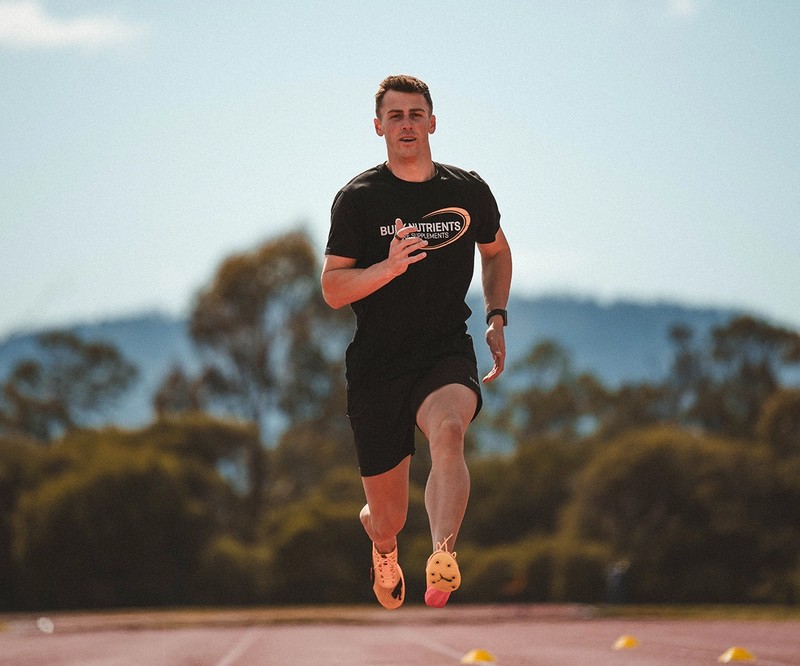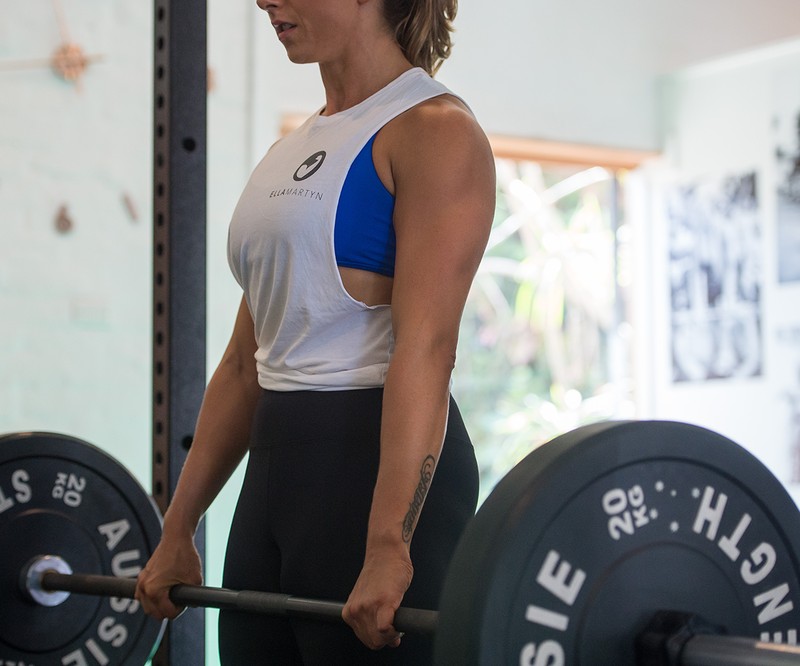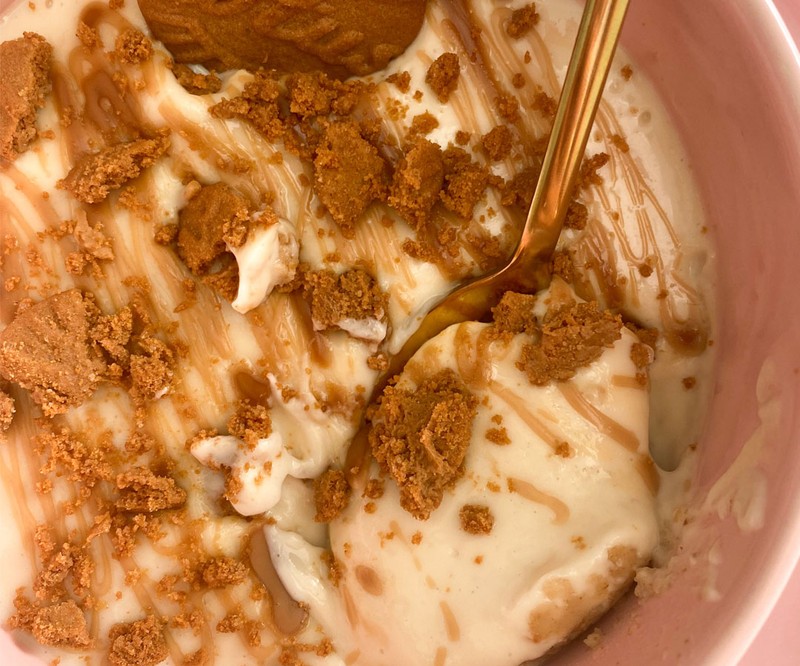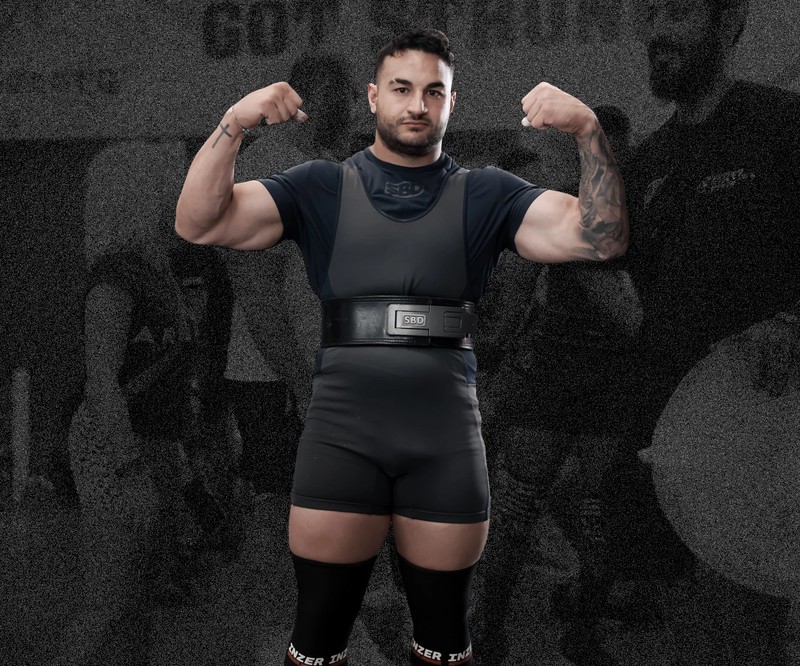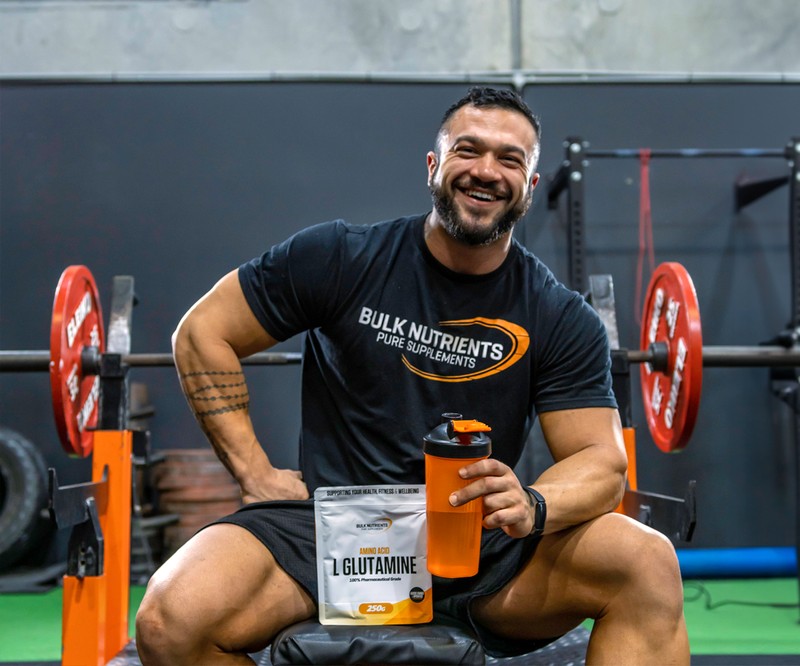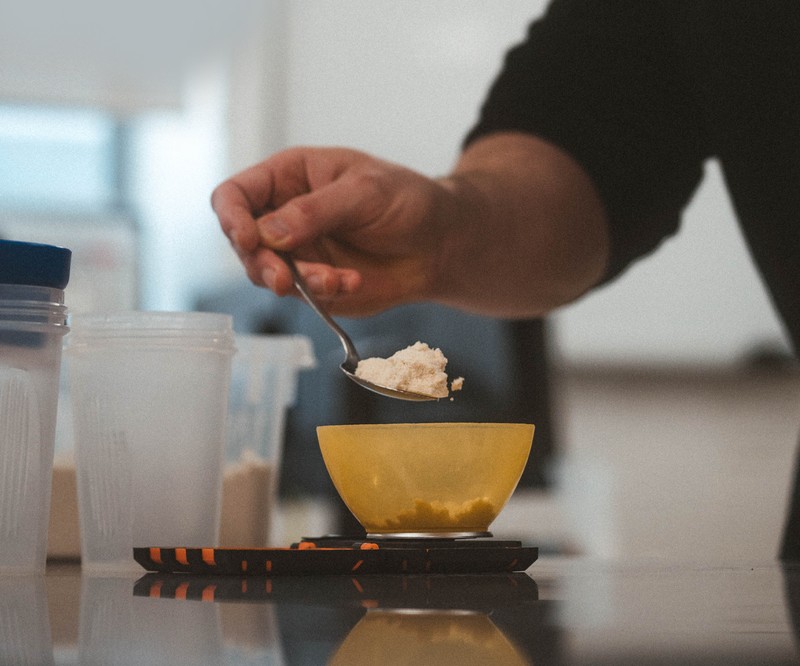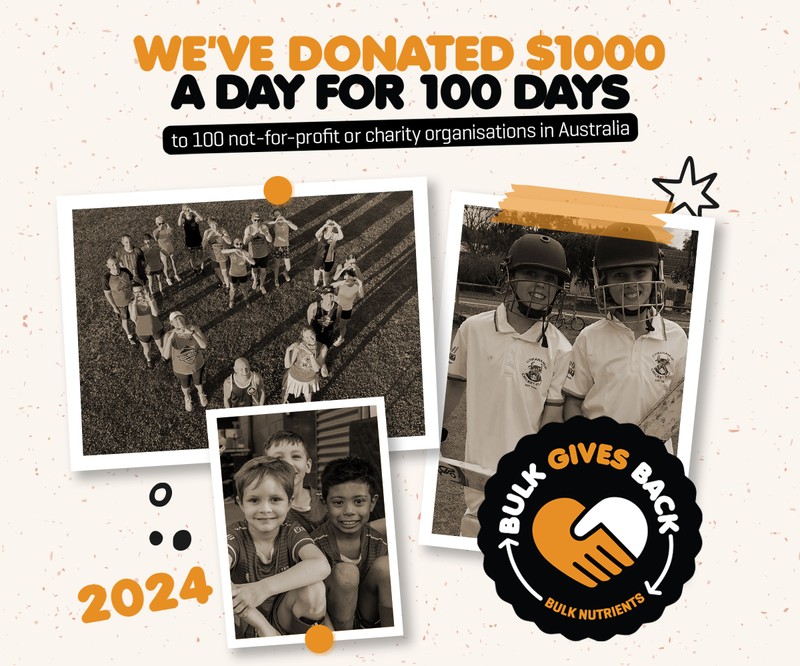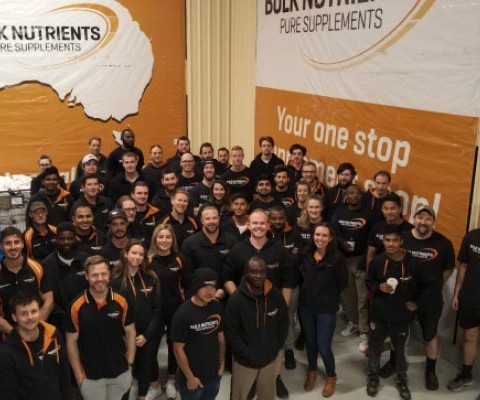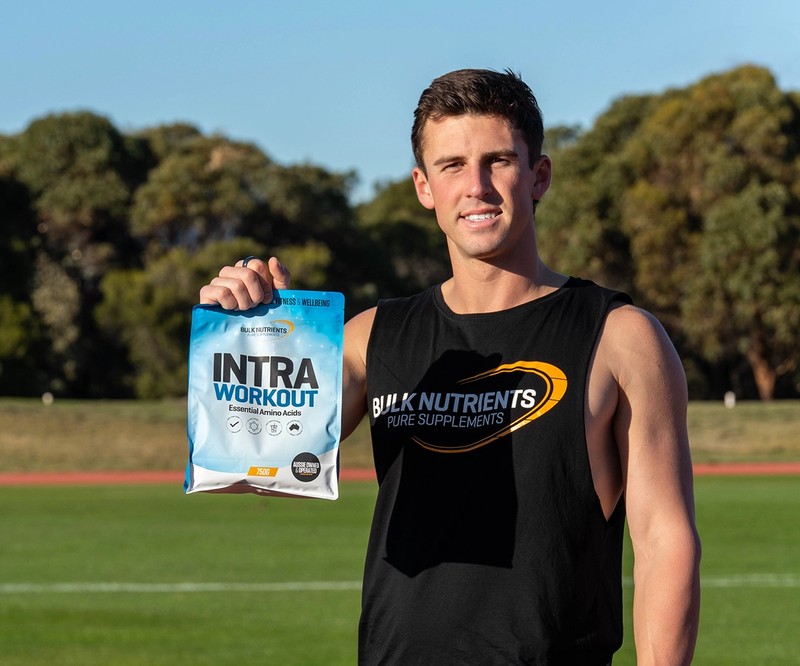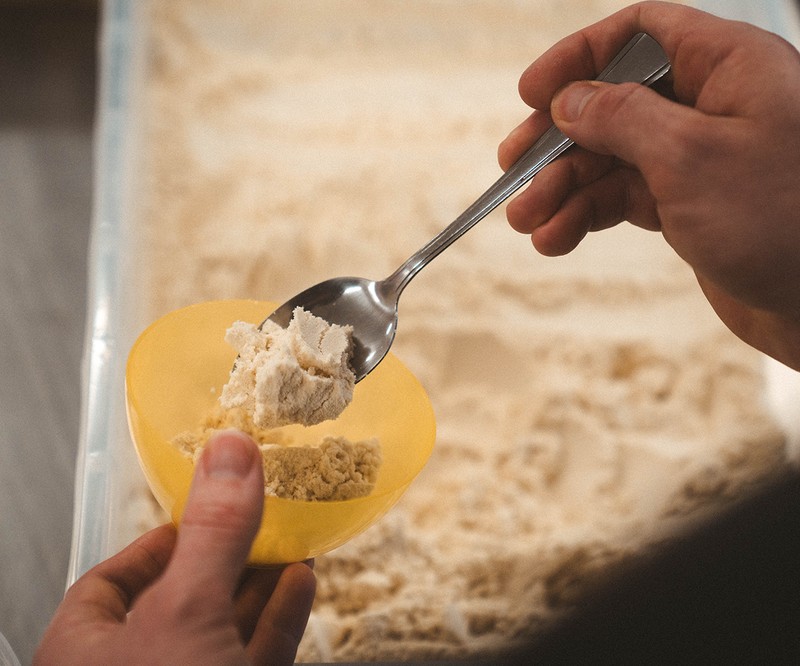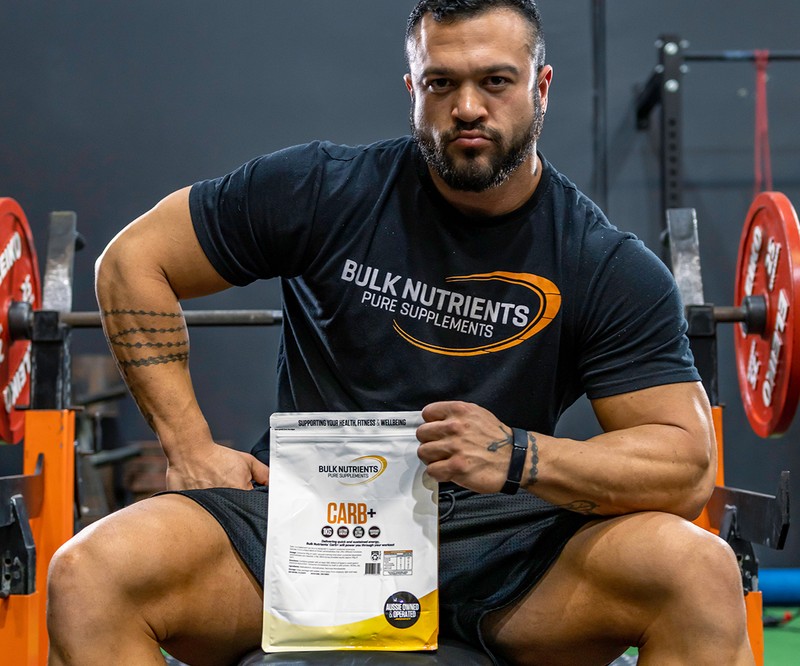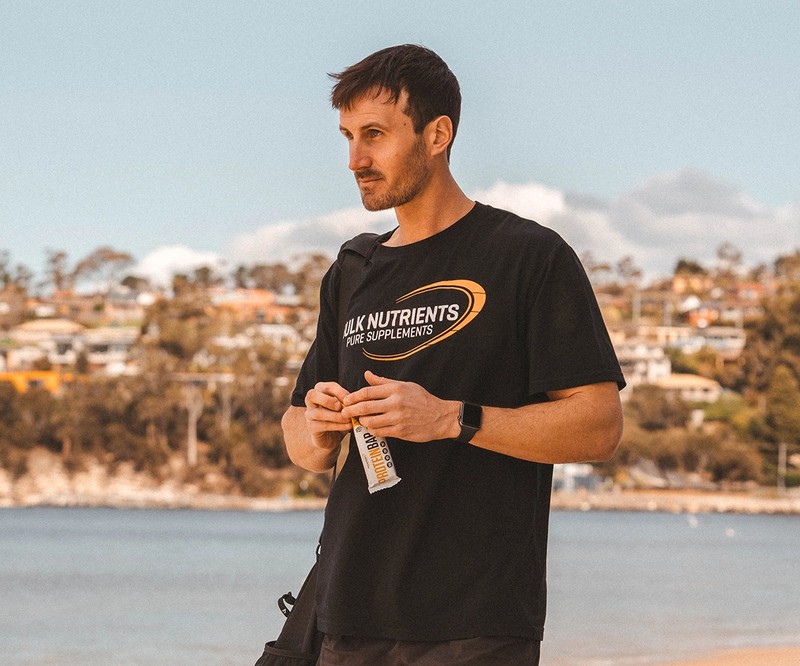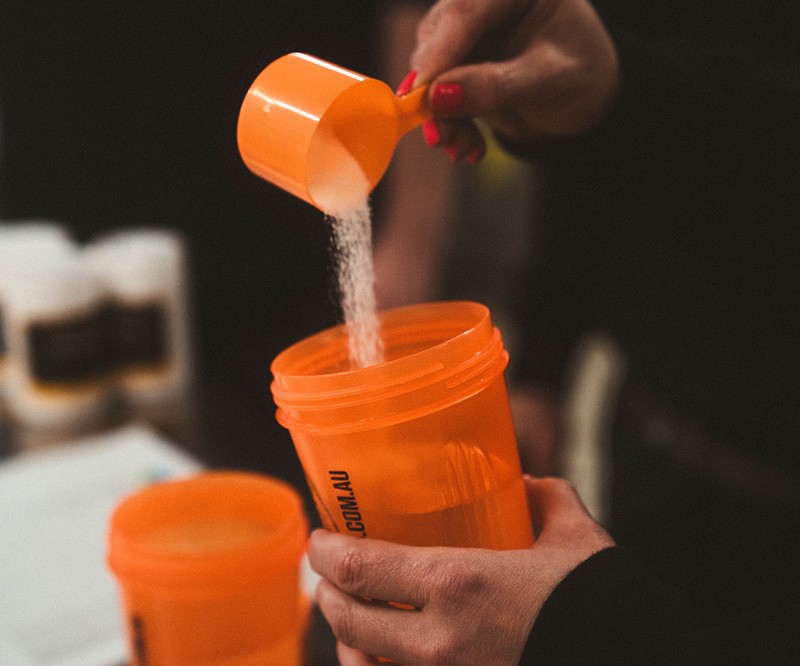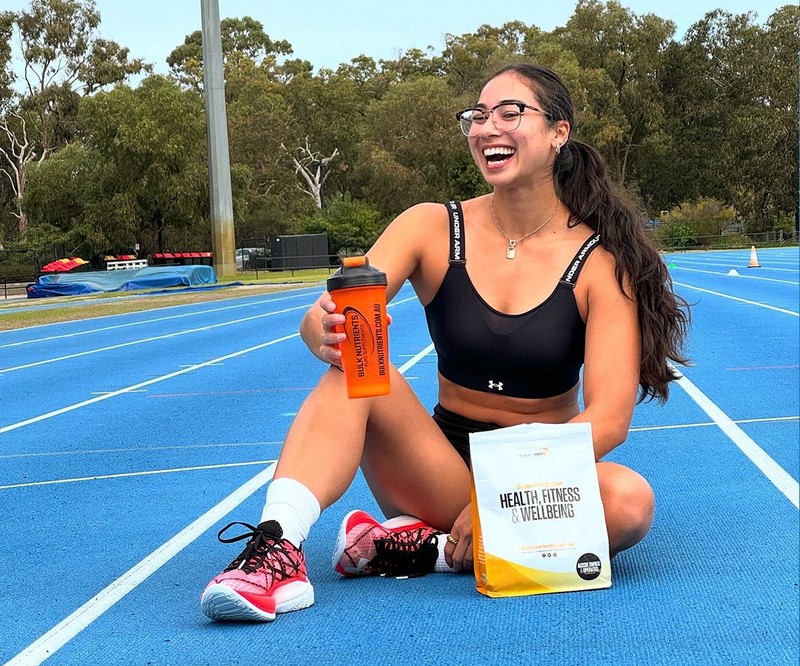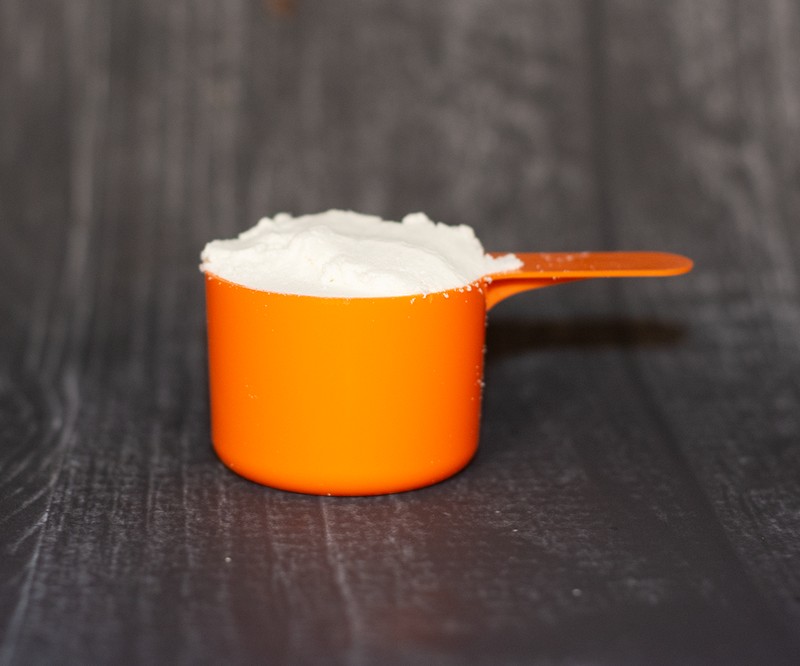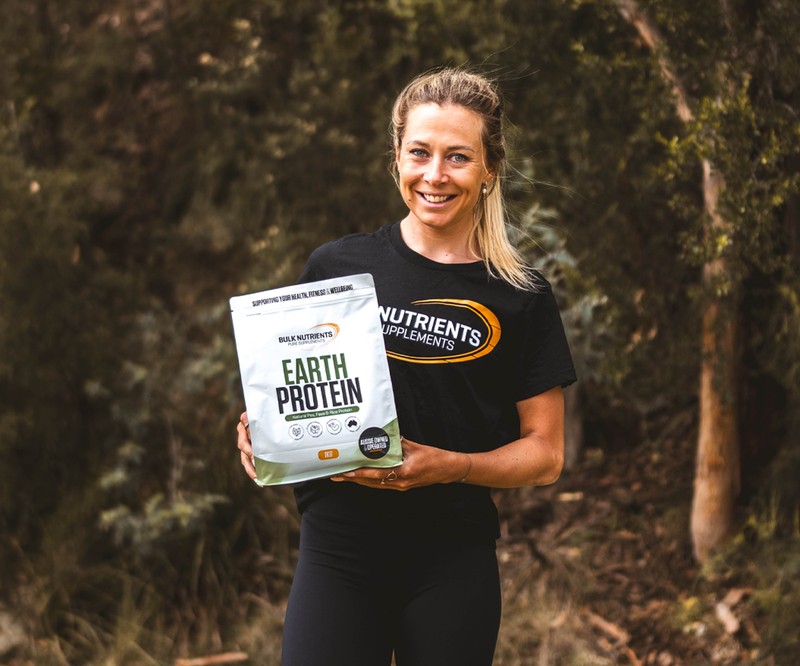Leg Extensions vs Squats for Quadricep Growth
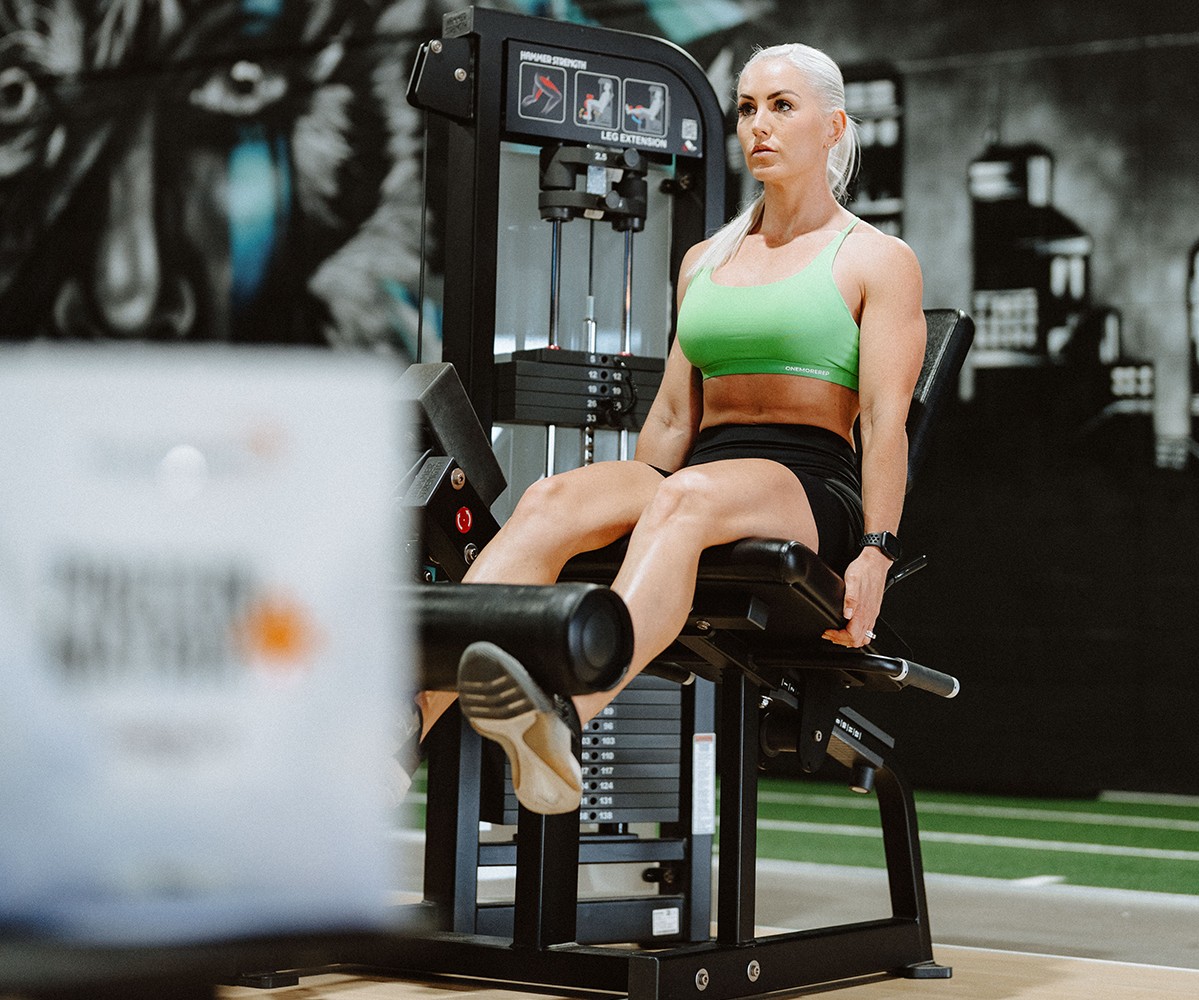
The best leg exercises for quadricep growth
Firstly, the quadriceps get their name because of the large four muscles within:
- Rectus Femoris (in the middle, and partially covers the Vastus Intermedius)
- Vastus Intermedius (muscle in the middle)
- Vastus Medialis (aka the “tear drop”)
- Vastus Lateralis (large muscle on the side, aka, “the sweep”)
So, which quadriceps muscles are worked when we’re doing leg extensions and squats?
Well, a recent study looked at just this.
The study was conducted because emerging research suggests that any leg exercise doesn’t grow all the quadricep muscles – different leg exercises grow different parts better than others.
Twenty-seven young men with strength training experience did either smith machine squats or leg extensions for five weeks.
They did so for three weeks, performing four sets of twelve reps to muscle failure each workout.
The squats were parallel squats, and the leg extensions were performed using a full range of motion. When they did more than twelve reps per set, the weight was increased.
They rested three to five minutes between sets.
They used ultrasound to measure the rectus femoris and vastus lateralis at three different sites BEFORE the study and at its conclusion:
- 25% (closest to the knee)
- 50% (middle)
- 75% (closest to the hip)
And they tried to measure the vastus medialis, but the images weren’t clear enough, so they had to throw them out.
So, what did they find?
Starting with the leg extensions: they saw significant growth in the rectus femoris at ALL three areas! But the biggest growth was seen 75% up the leg near the hip.
And the squat group?
No significant growth at any site of the rectus femoris.
So, the squats don’t work the rectus femoris well, but leg extensions do.
Ok, but what about the squat group? How did the vastus lateralis respond?
Well, they saw a significant increase in the growth of their vastus lateralis, but only at the knee area (25%) and middle (50% up the leg). But not in the rectus femoris as we mentioned.
The leg extension saw an increase in the vastus lateralis too, but up towards the hip instead.
So, what do we make of this?
Well, maybe leg extensions develop our quads from the middle up to our hips and the squats are better for developing our quads from the midpoint of our thighs down to our knees?
More research is needed, but it’s an interesting observation.
Also, they performed countermovement jump tests before and after the training, and the squat group improved their jump height by 3.9% whilst the leg extension group didn’t improve at all.
Squats have always been used to help us develop power and force, so this is of no surprise.
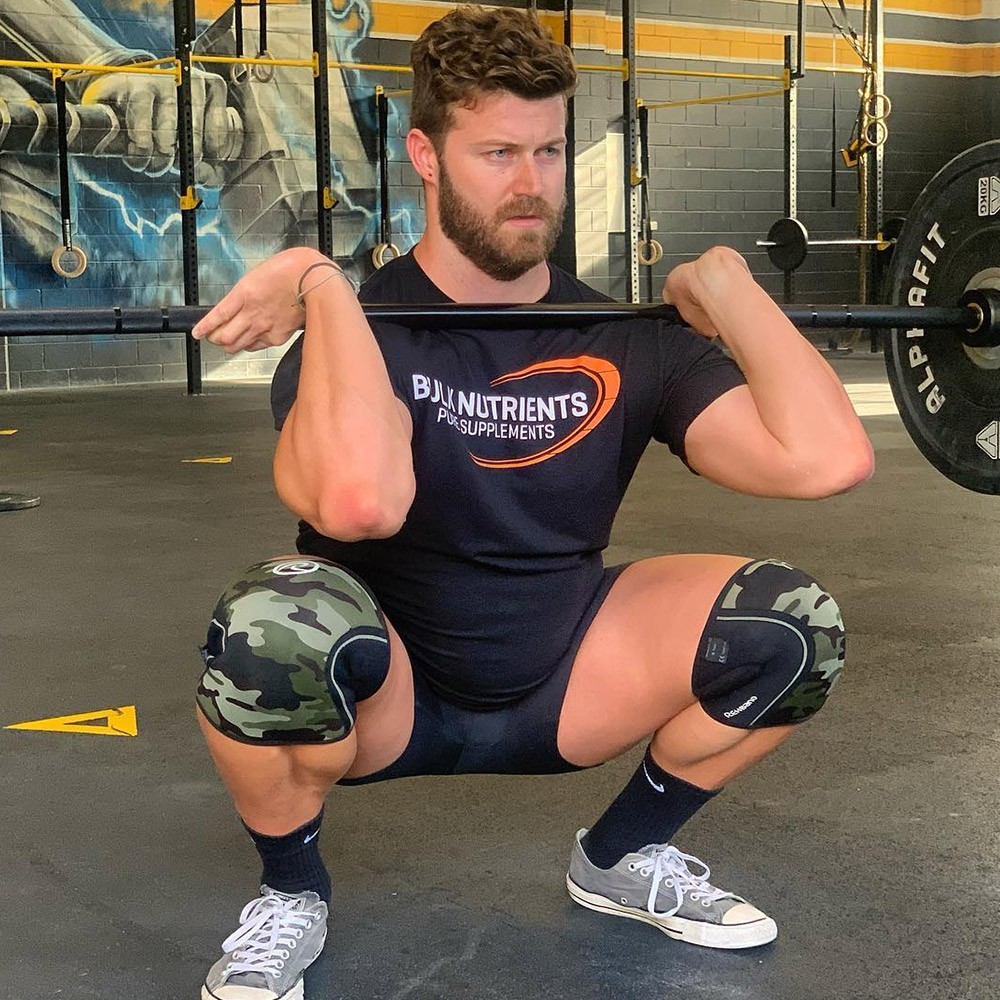
A better quad focused leg workout
I think it’s fair to observe that in order to develop maximum muscle in our quadriceps we need to do both leg extensions and squats.
I see that most people do that in the gym anyway, but it’s nice to know WHY it’s actually recommended.
Also, the more we know about what exercises do what, the more we can hone in on lagging parts of our quadriceps.
Remember: you don’t have to do barbell back squats if you don’t like them; you can do split squats, hack squats or even leg presses instead.
But remember squats work your glutes and adductors too (important for a well-developed and functioning lower body), which this study didn’t measure.
Squats might still be “superior” for lower body development in a general sense, let’s not lose sight of that.
This study and subsequent article are not to make you believe that leg extensions are somehow an alternative to squats if you can perform both.
A good way to conduct your quadricep workout routine might be:
- Barbell back Squats
- Leg presses
- Leg extensions
The number of sets and reps you perform should depend on your experience.
It’s a good idea to finish with leg extensions as they don’t require the same energy as squats and are much easier to do at the end of your workout.
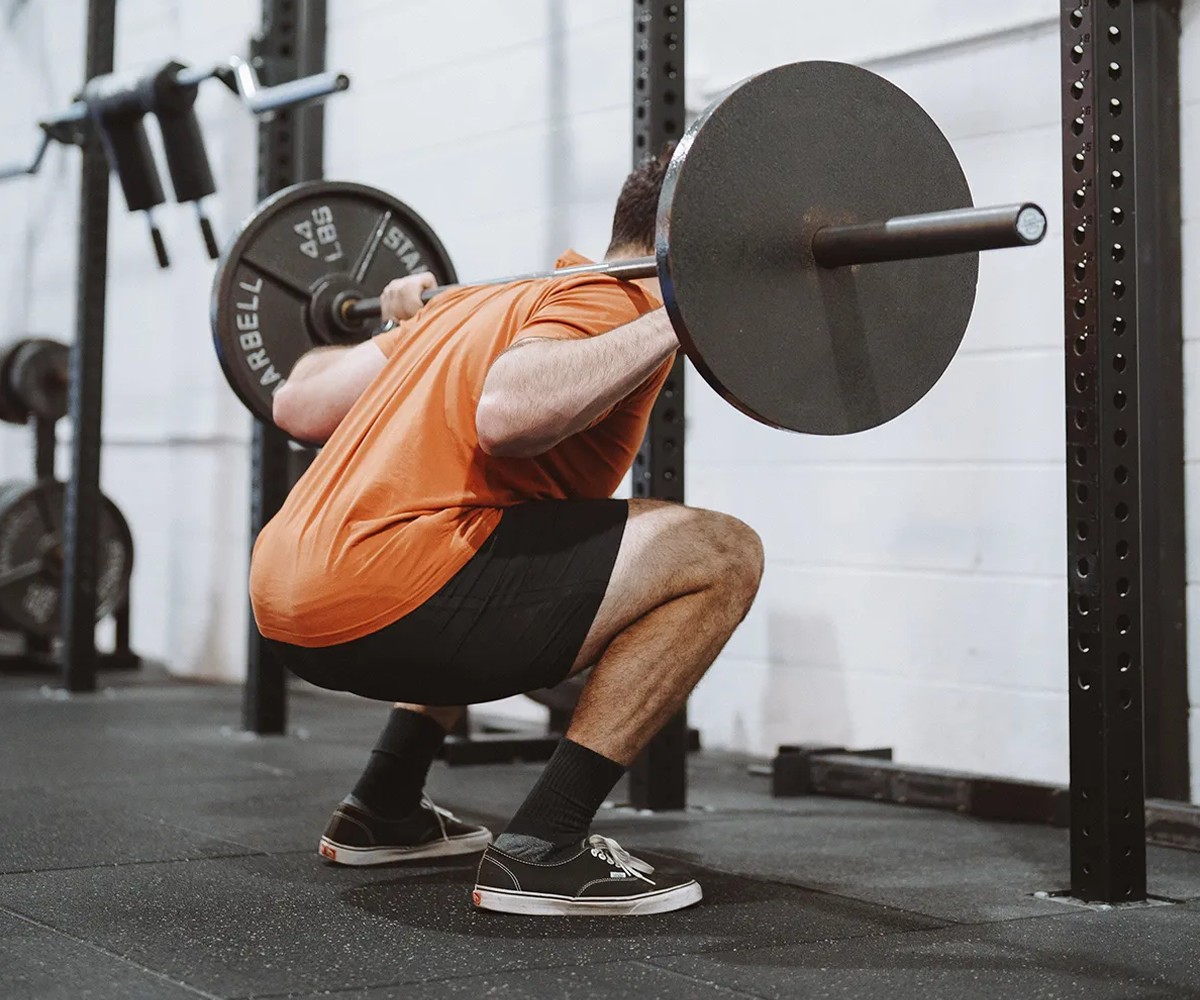
The final verdict on leg extension vs squats for quad growth
The bottom line is that squats don’t work your rectus femoris. They will work your vastus lateralis (the sweep) at the middle and towards your knee, but not up towards your hip. For optimal rectus femoris development, and vastus lateralis growth towards the hip, opt for leg extensions.
However, we need to perform both exercises for optimal growth across our entire vastus lateralis and rectus femoris. Doing so will work all muscles in our quadriceps for maximum leg size.
Looking to grow your legs? Check these articles
References:
- Neto WK, Soares EG, Vieira TL, Aguiar R, Chola TA, Sampaio VL, Gama EF. Gluteus Maximus Activation during Common Strength and Hypertrophy Exercises: A Systematic Review. J Sports Sci Med. 2020 Feb 24;19(1):195-203. PMID: 32132843; PMCID: PMC7039033.
- Waligora AC, Johanson NA, Hirsch BE. Clinical anatomy of the quadriceps femoris and extensor apparatus of the knee. Clin OrthopRelat Res. 2009 Dec;467(12):3297-306. doi: 10.1007/s11999-009-1052-y. Epub 2009 Aug 19. PMID: 19690926; PMCID: PMC2772911.
- Zabaleta-Korta A, Fernández-Peña E, Torres-Unda J, Garbisu-Hualde A, Santos-Concejero J. The role of exercise selection in regional Muscle Hypertrophy: A randomized controlled trial. J Sports Sci. 2021 Oct;39(20):2298-2304. doi: 10.1080/02640414.2021.1929736. Epub 2021 Jul 10. PMID: 34743671.
Related Blogs
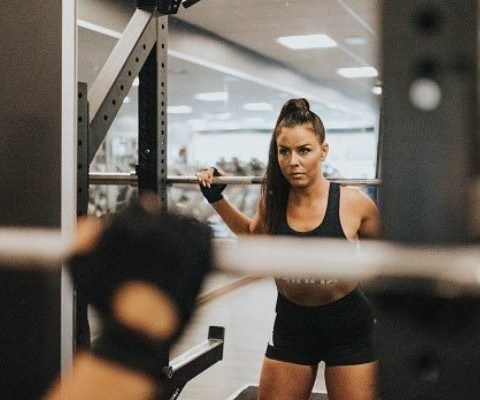
Squatting 101 - Basic Techniques for Correct Lifting
Posted by Dave Napper
Estimated reading time: 5 minutes
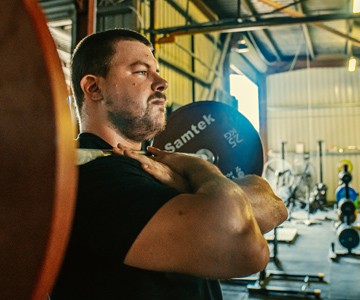
Hitting a Front Squat PB
Posted by Dave Napper
Estimated reading time: 1 minute

Five Benefits of Squats That Aren’t Talked About Enough
Posted by Bulk Nutrients
Estimated reading time: 6 minutes
